
ProctorPassive Wraptite SA
The two main ways to achieve airtightness in the building envelope are internally or externally. The use of traditional internal air barriers can be more complex and costly to install, due to the need to accommodate building services such as electrical, lighting, heating and draining systems.
Wraptite is a unique external airtight solution, which is not only vapour permeable, but also airtight.
There are two grades of the Wraptite self-adhesive airtight membranes:
- Wraptite SA: closed joint cladding applications
- Wraptite UV-SA: for high UV applications e.g. behind open-joint cladding
Moving the air barrier to the outside of the building, away from the ‘services zone’ means there are far fewer potential penetrations to the air barrier.
Key advantages:
- CodeMark certified
- Wraptite UV-SA is suitable for open joint cladding on a cavity over a direct fixed substrate
- Wraptite SA is a Passive House Institute Certified Component phA
- A unique external airtight solution, with exceptionally high vapour permeance
- External airtightness enhances building performance and energy efficiency without compromising vapour permeance
- Developed by Proctor UK with innovative techniques, they have been utilised for decades throughout Europe, Australia, and NZ
DriStud REPEL Flexible Air Barrier facilitates affordable housing construction
DriStud REPEL not only excels with CodeMark Certification ensuring its efficacy as a fire retardant, vapour permeable, water-resistant, and flexible air barrier, but it also offers a distinct advantage.
In instances where there are delays in cladding delivery, a costly occurrence, DriStud REPEL allows internal work to proceed without waiting for cladding installation. This flexibility, detailed in its installation guide, provides a crucial buffer, reducing project downtime and associated expenses. This efficiency in construction timelines translates directly into cost savings, making housing construction more affordable overall.
VENT
DriSpace VENT systems consist of high vapour permeable DriStud underlays and VENT passive ventilation products. While achieving an airtight envelope is crucial for energy-efficient buildings, proper ventilation is equally important for enhancing housing durability and ultimately reducing costs. Passive ventilation, facilitated by DriSpace VENT systems, allows air movement between the building envelope and cladding, effectively managing internal moisture.
Managing dew point condensation
Dew point condensation is a common issue, particularly when steel long run is directly fixed with underlays. If not addressed properly, the consequences can result in significant costs. However, managing dew point condensation can be achieved cost-effectively by installing VB10 on top of the underlay, creating the essential ventilation and drainage pathway.
No maintenance and operational costs
Passive ventilation operates year round without any moving parts or energy consumption, with 4mm vents effectively preventing the ingress of nesting insects. This approach not only enhances the building durability but also contributes to overall affordability by minimising maintenance and repair costs over time.
Visit the DriSpace website for more information on their innovative, self-adhesive externally applied membranes.











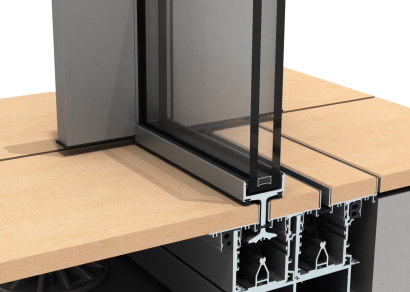

 Product News
Product News
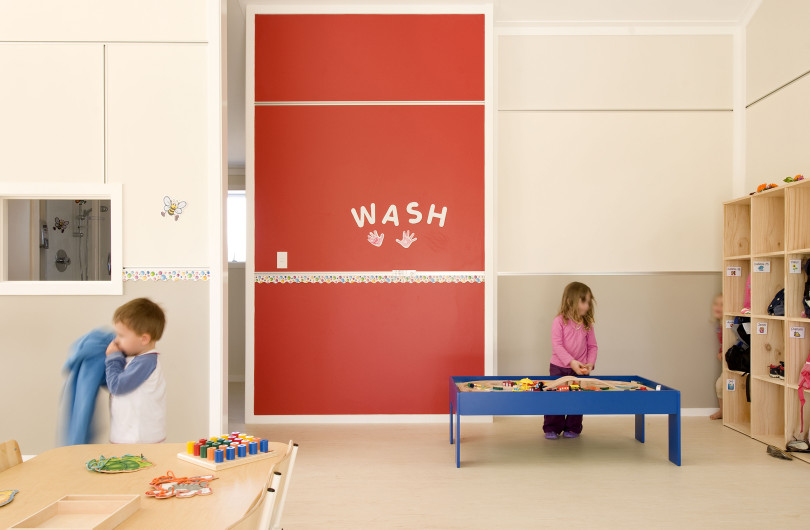







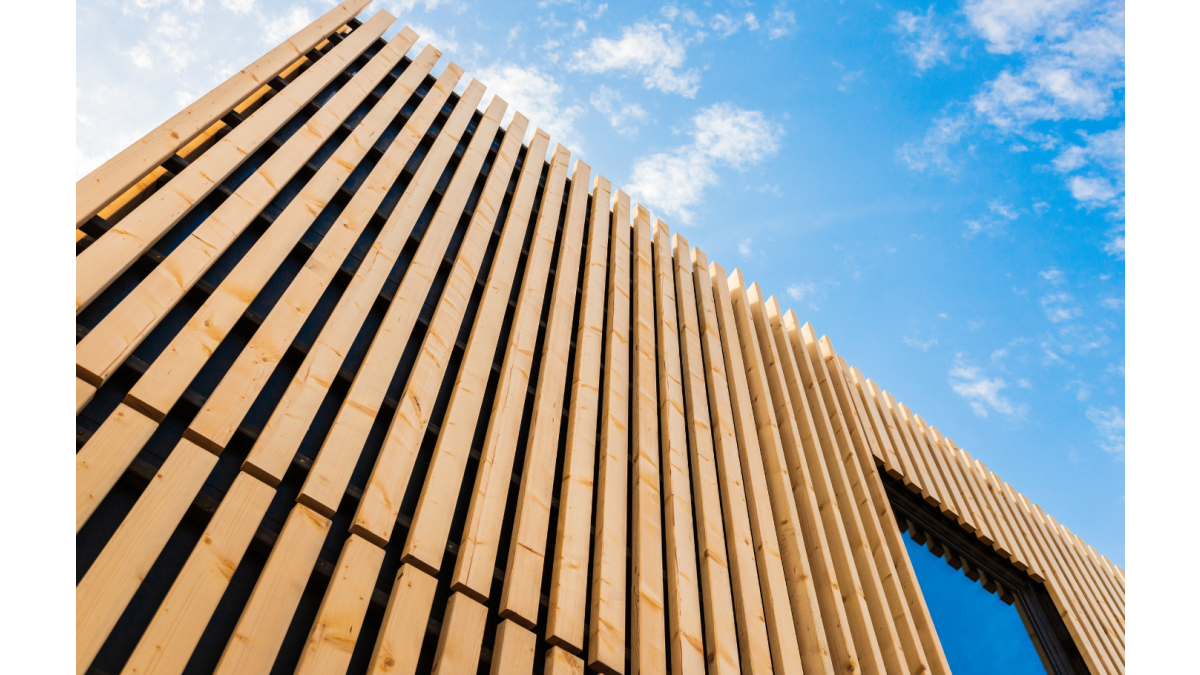
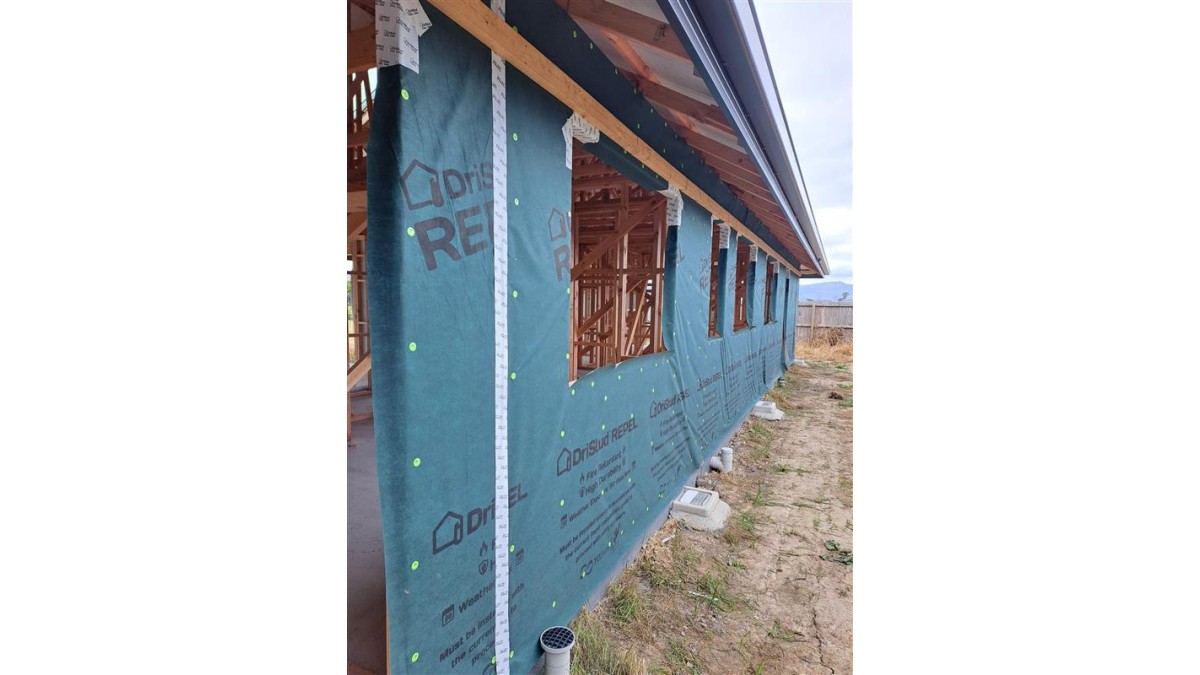
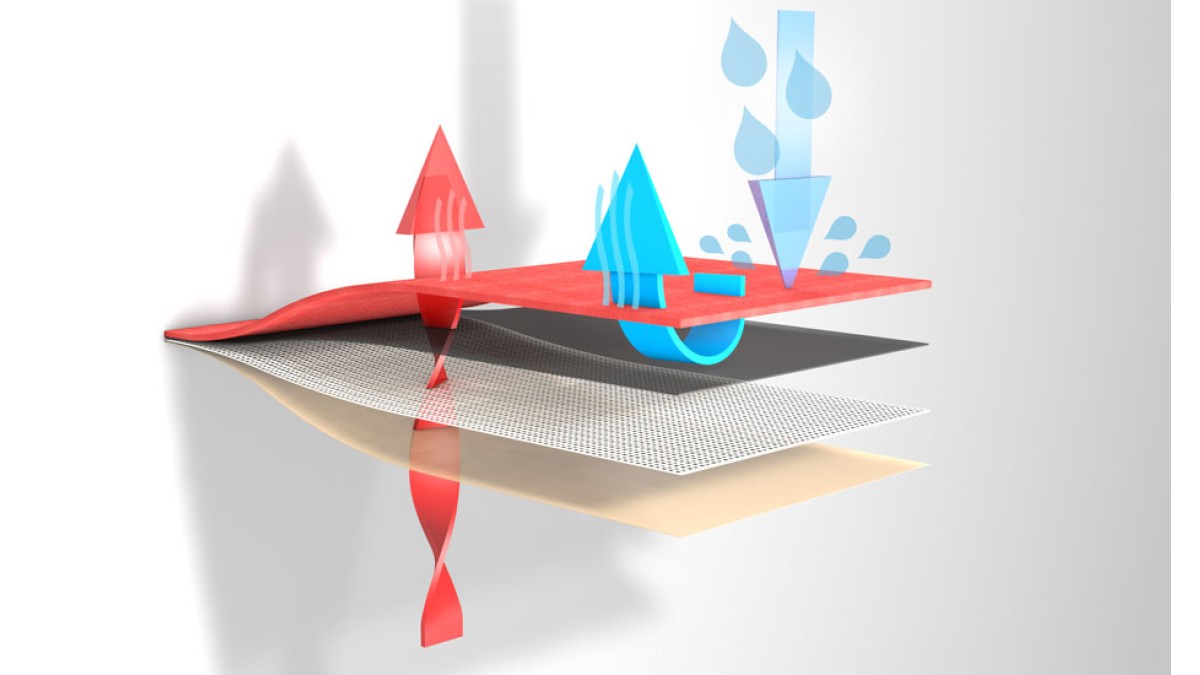

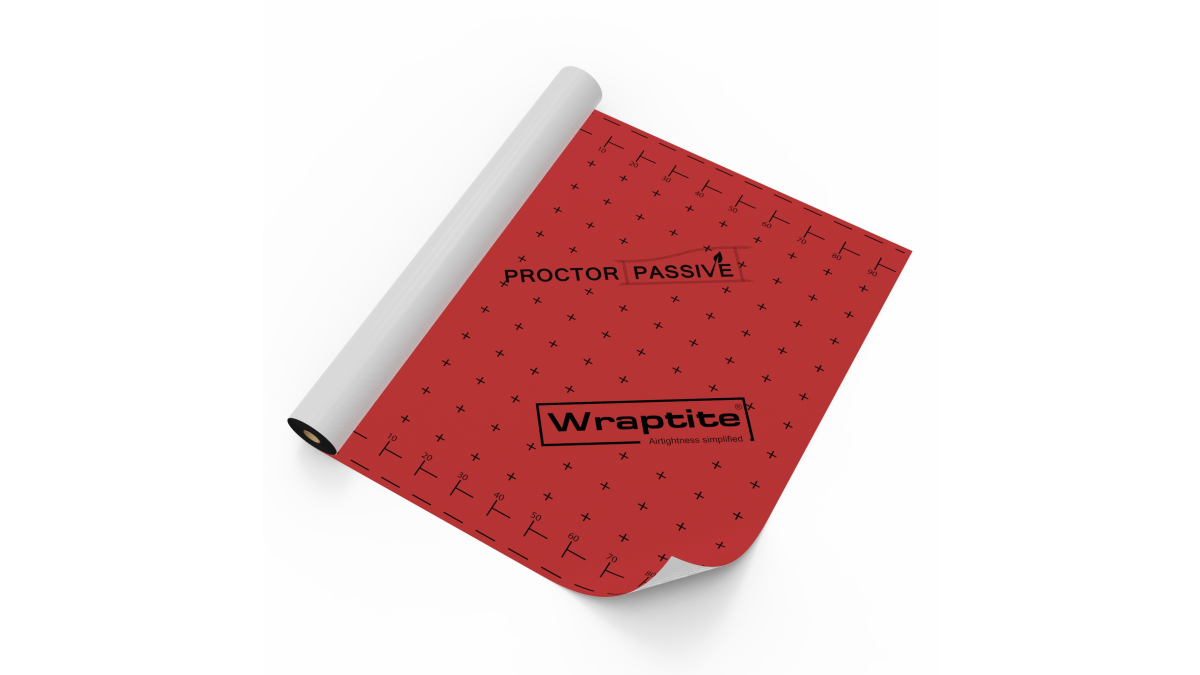


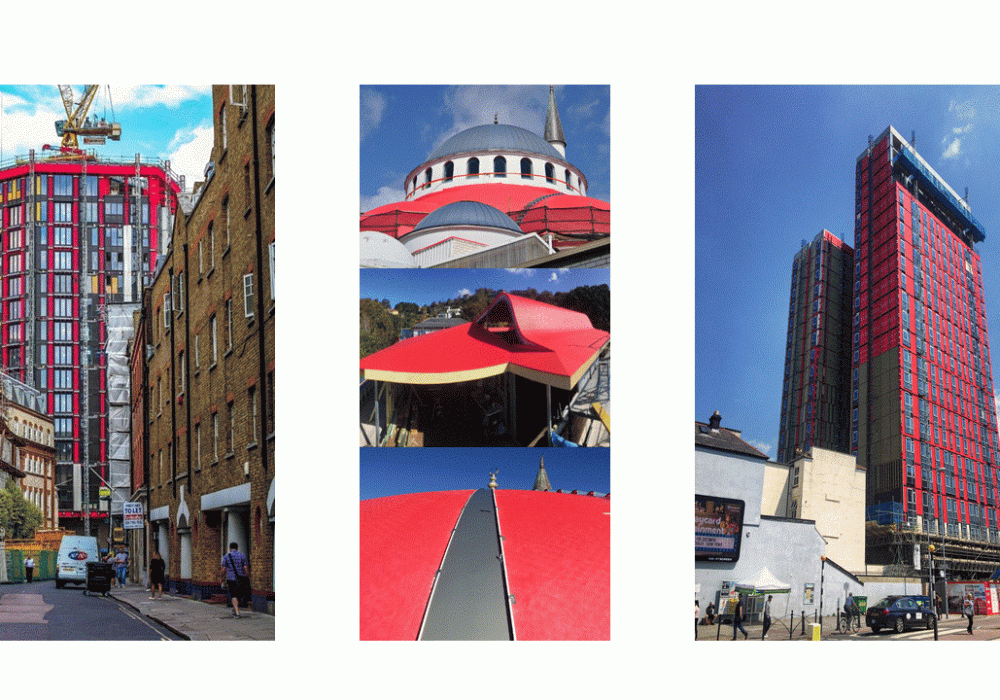
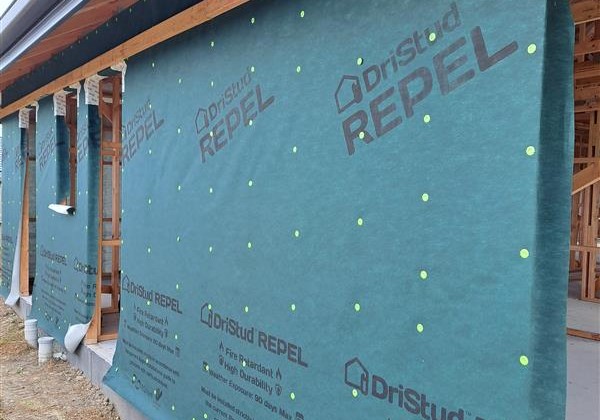
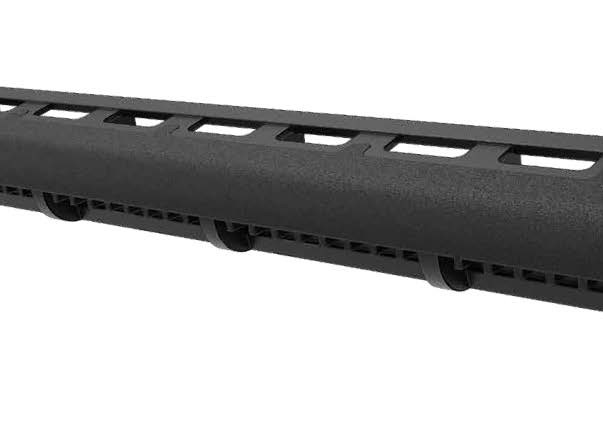
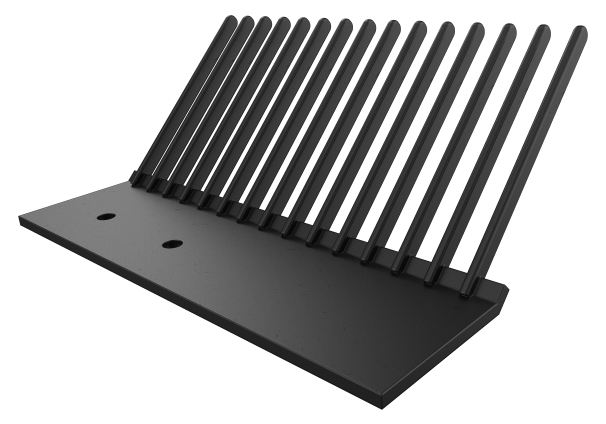

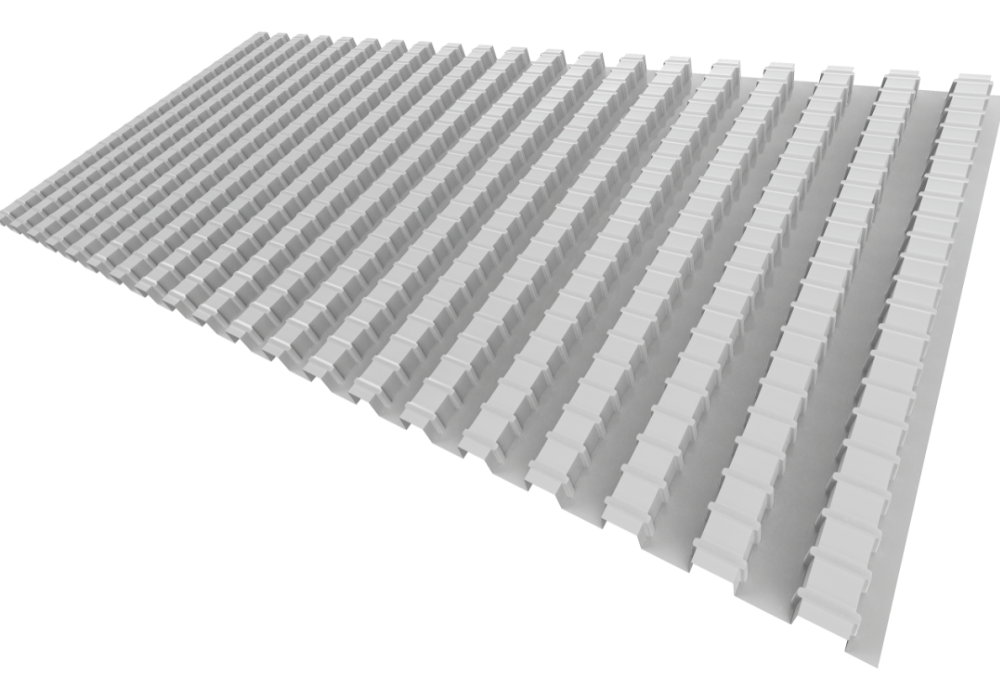
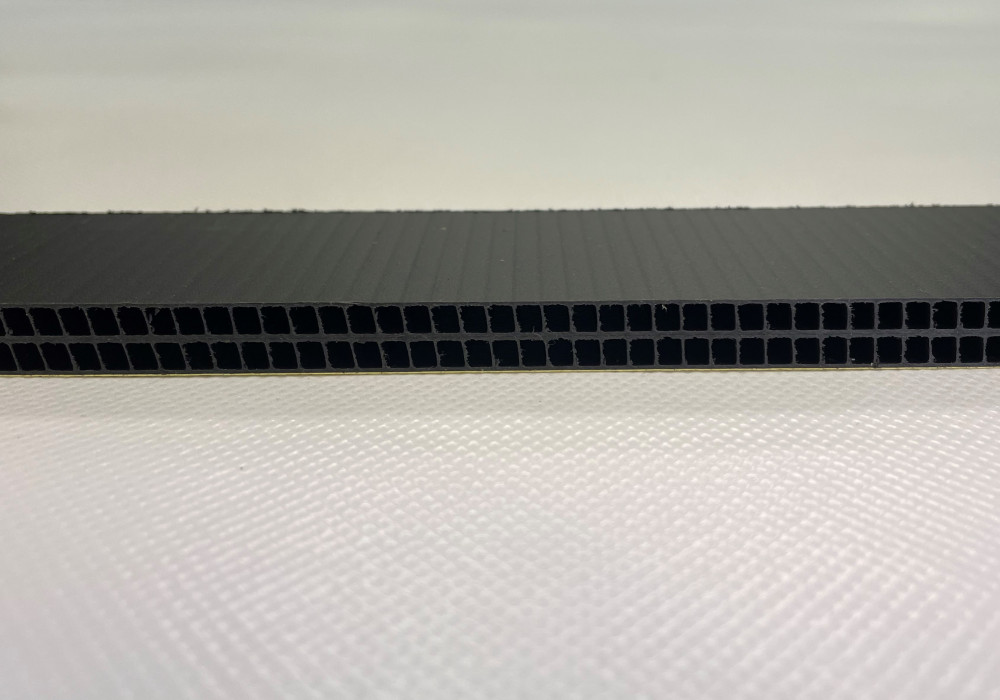

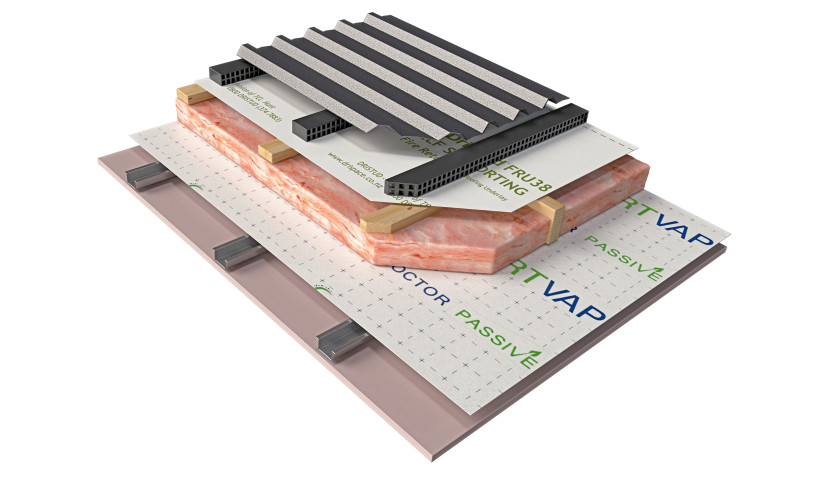

 Popular Products from DriSpace
Popular Products from DriSpace


 Most Popular
Most Popular


 Popular Blog Posts
Popular Blog Posts
